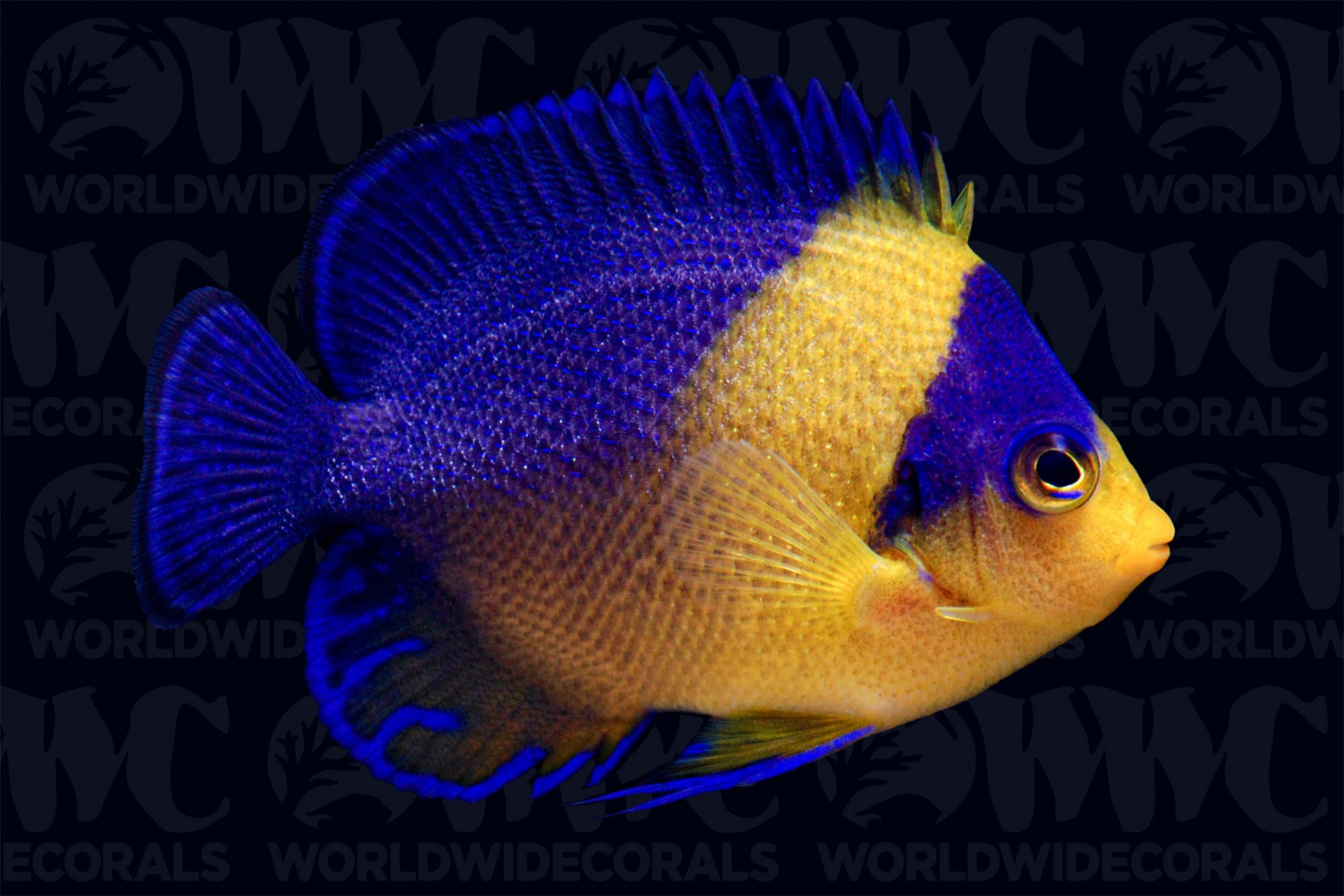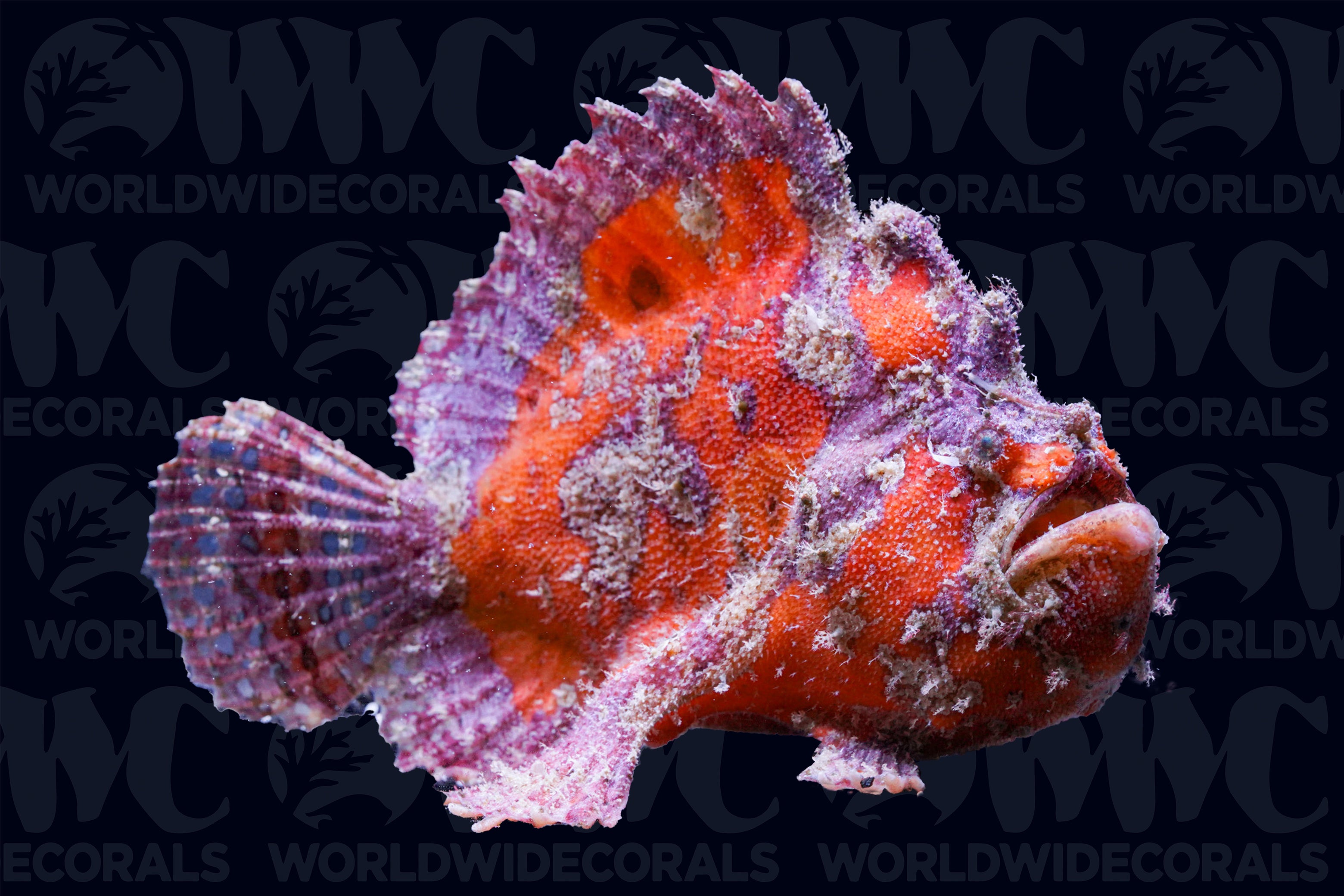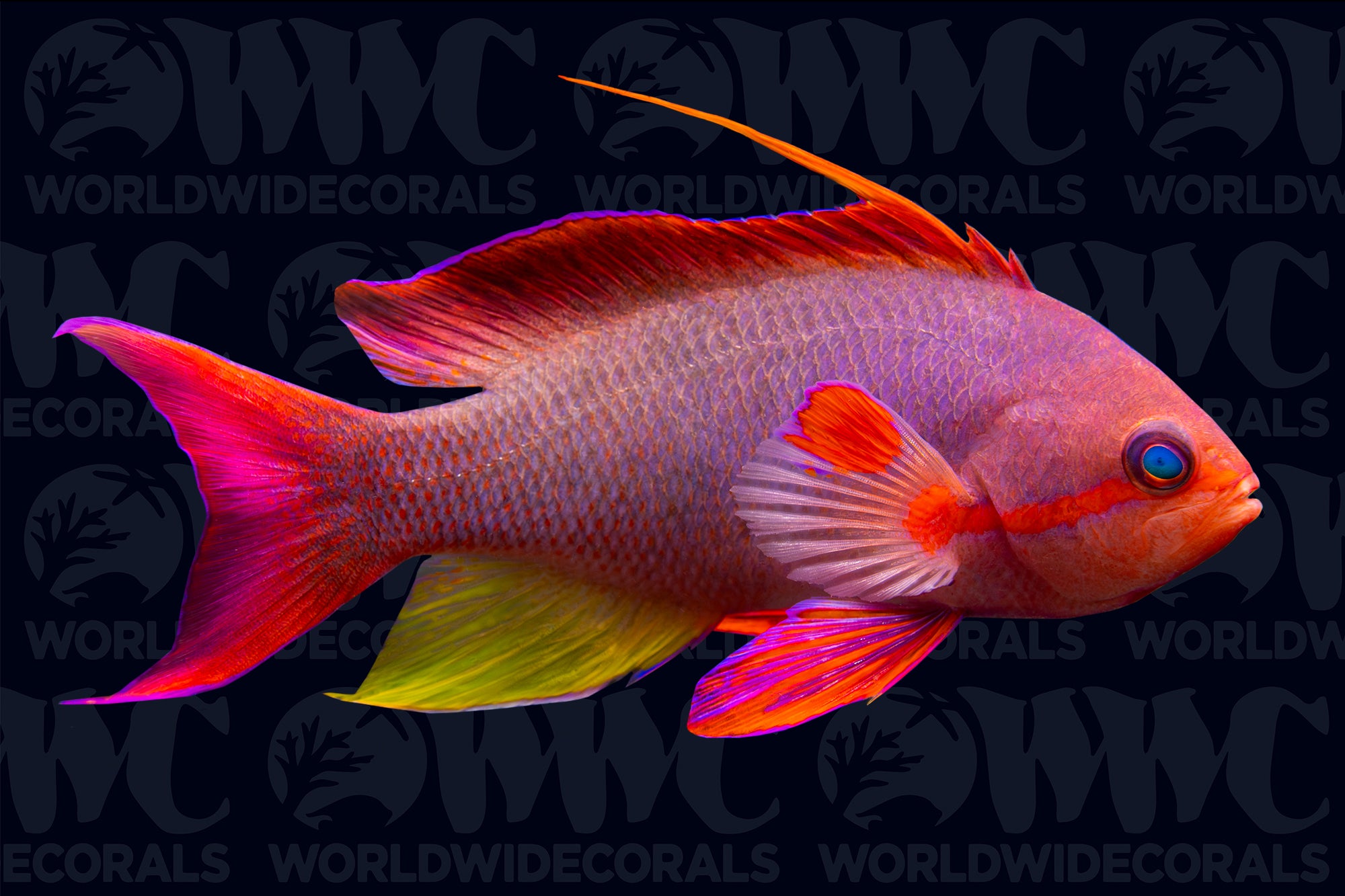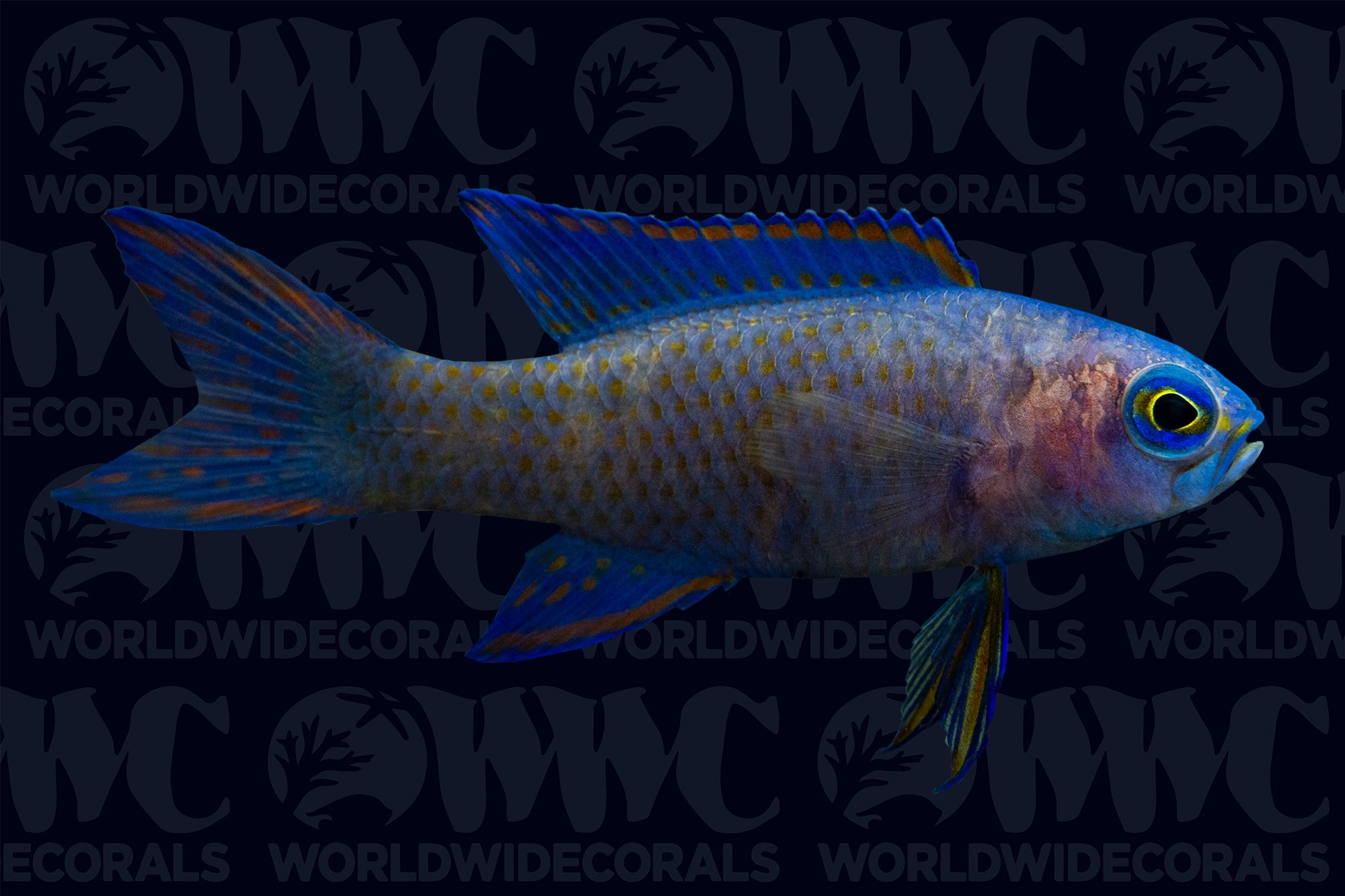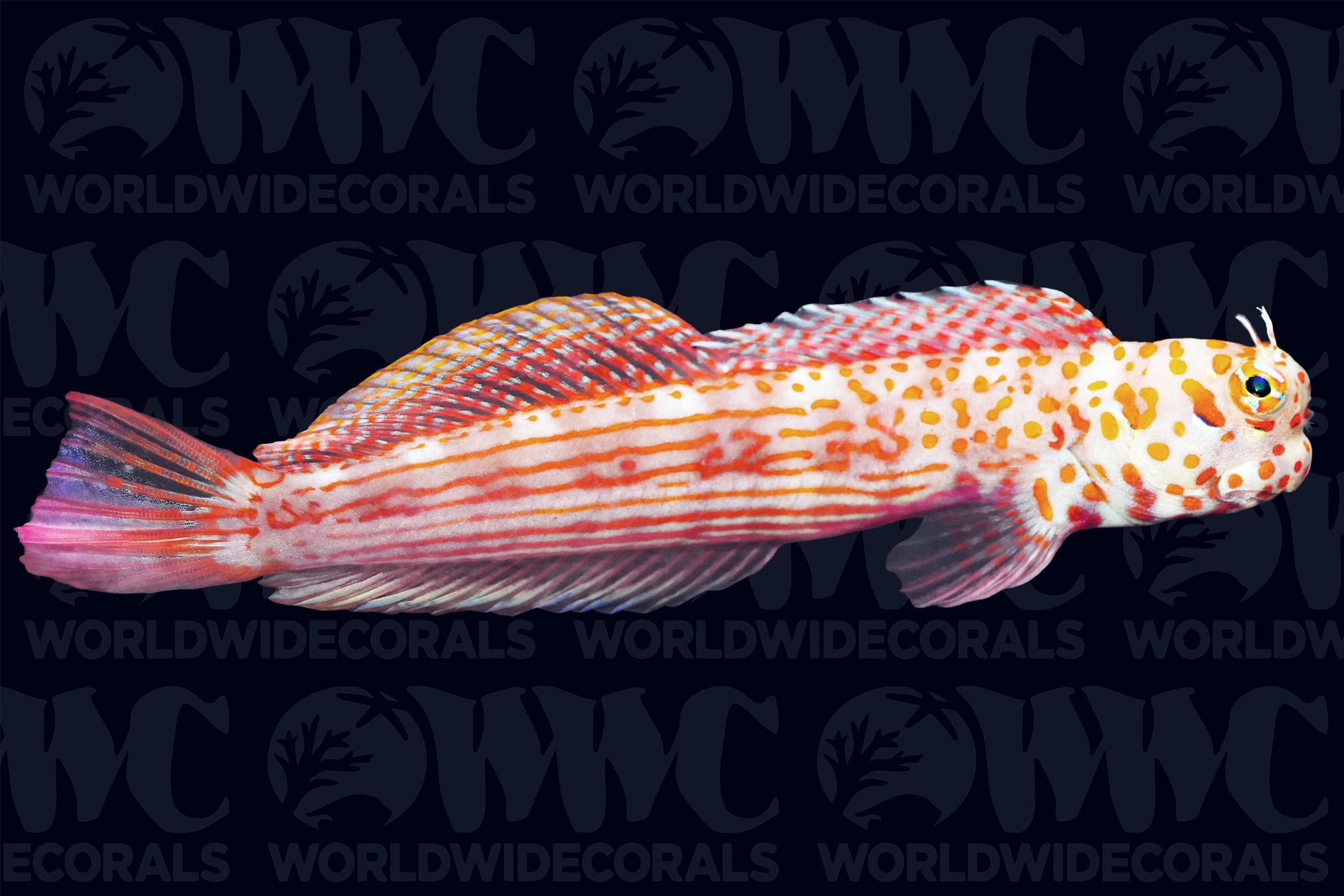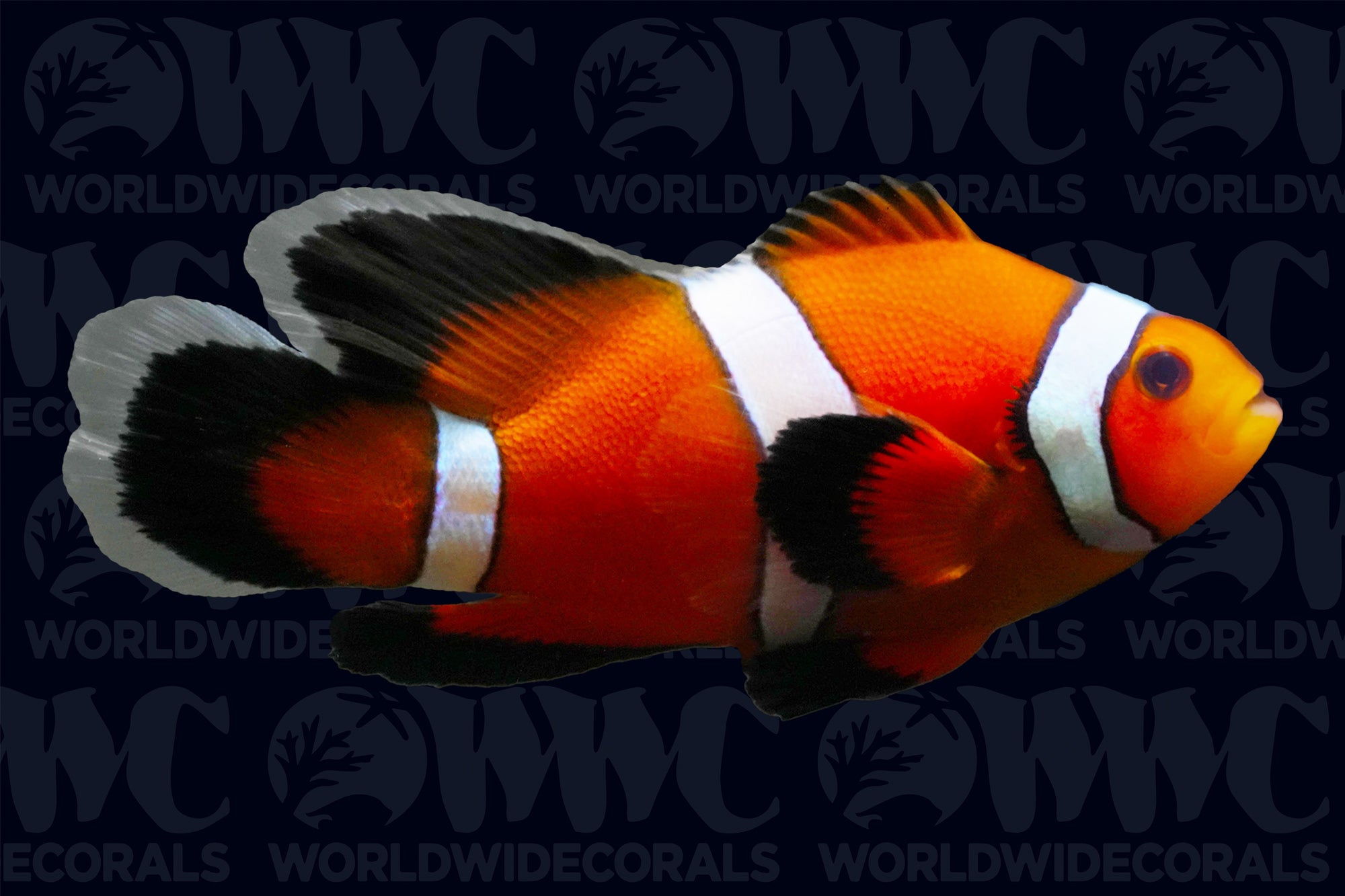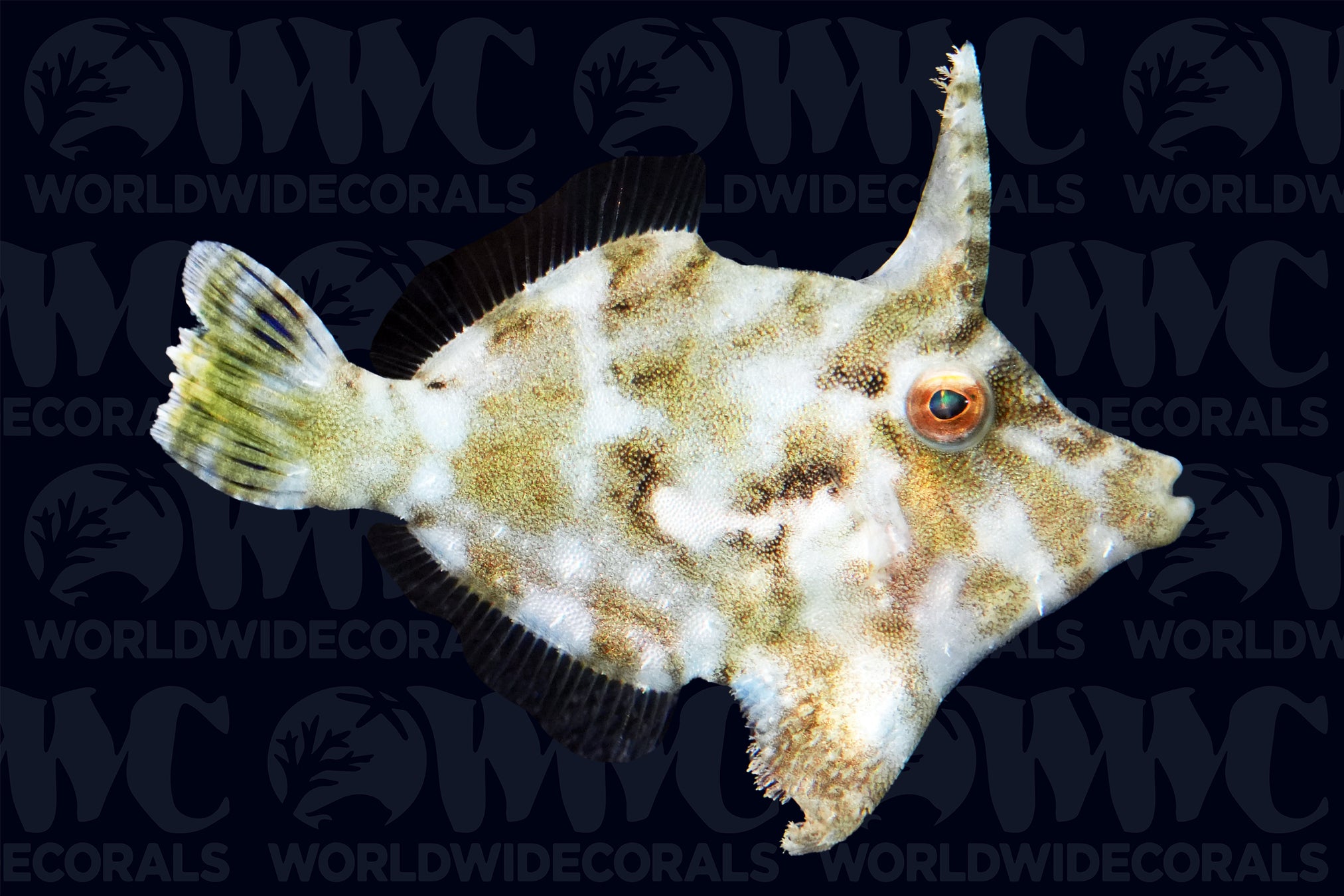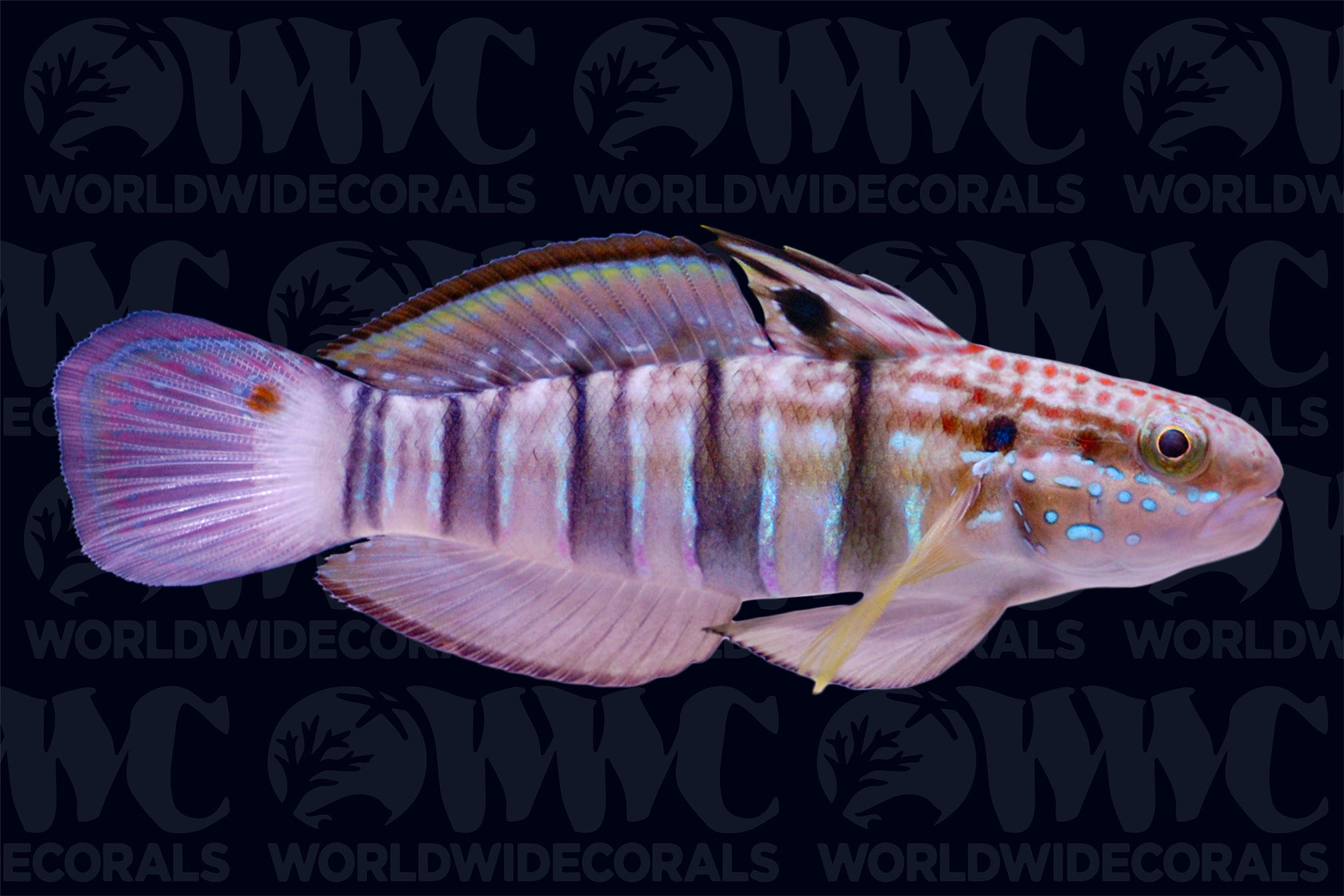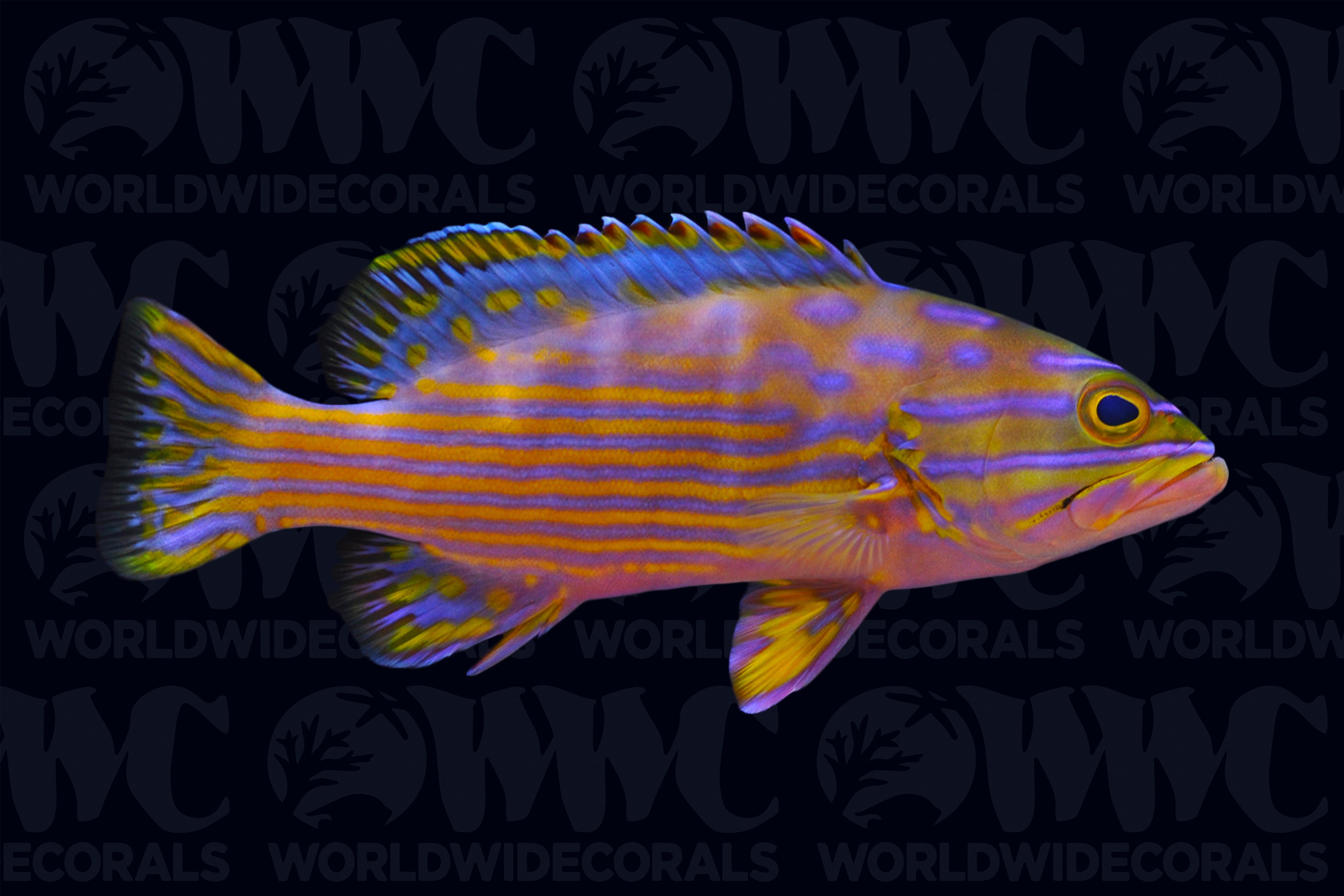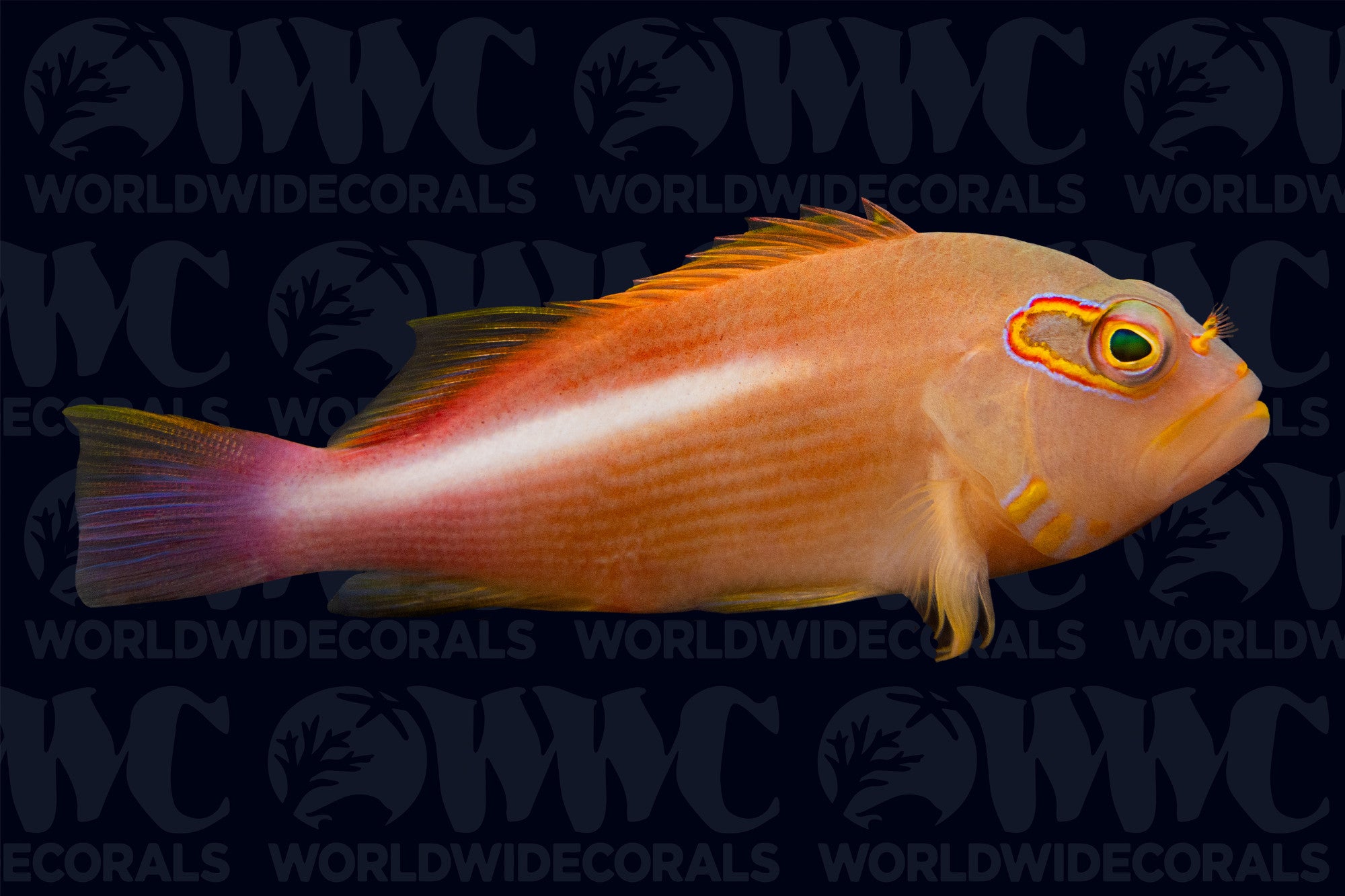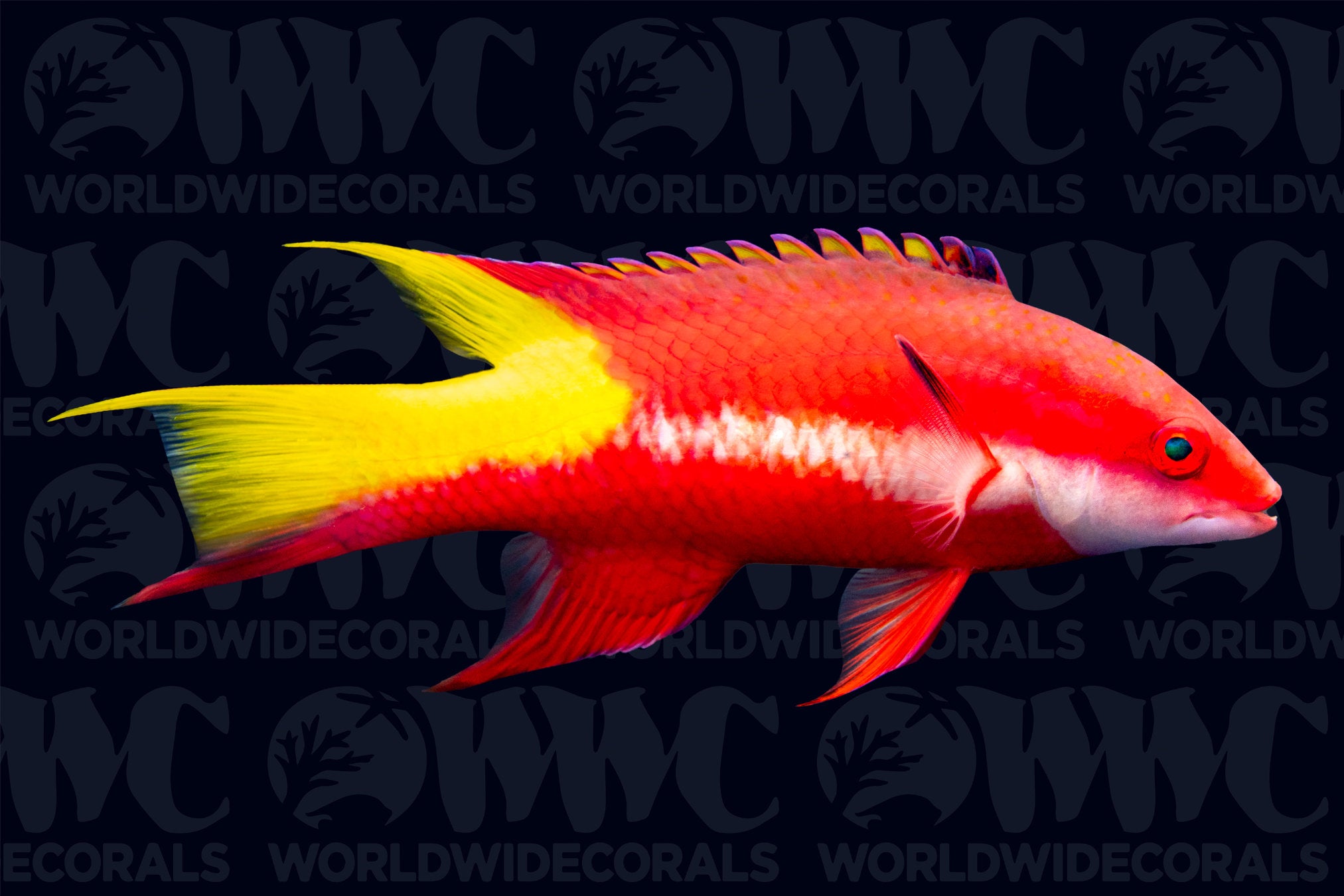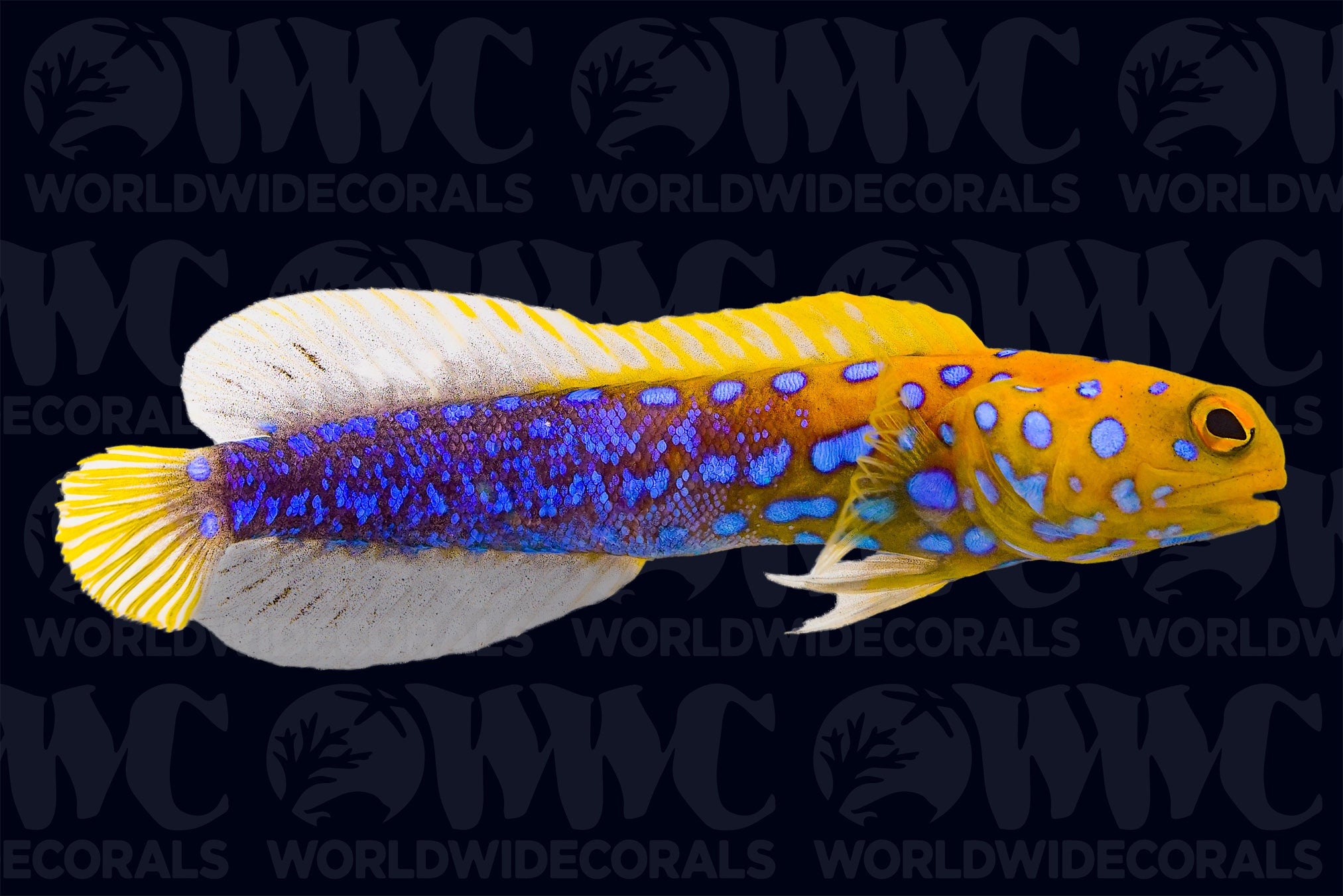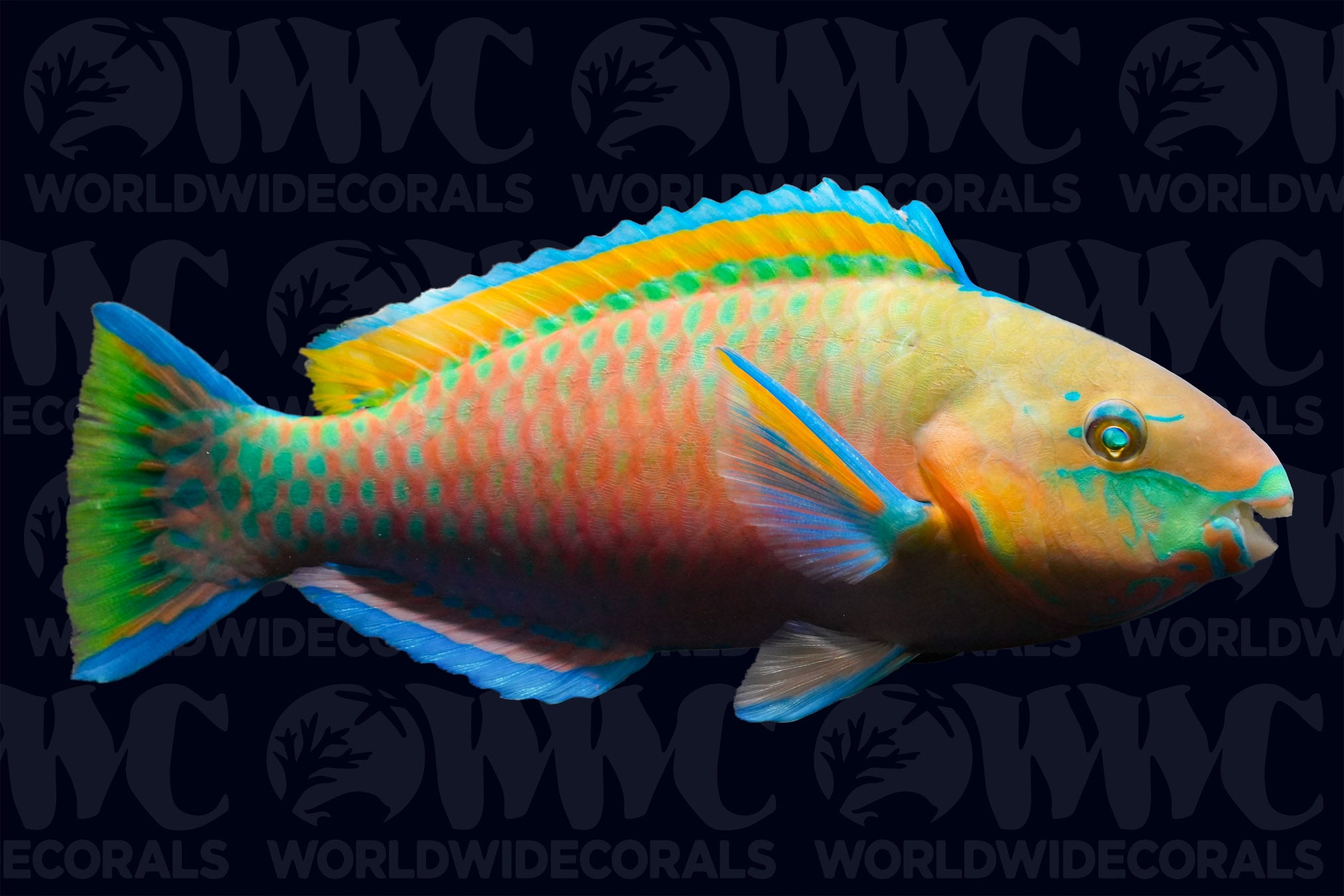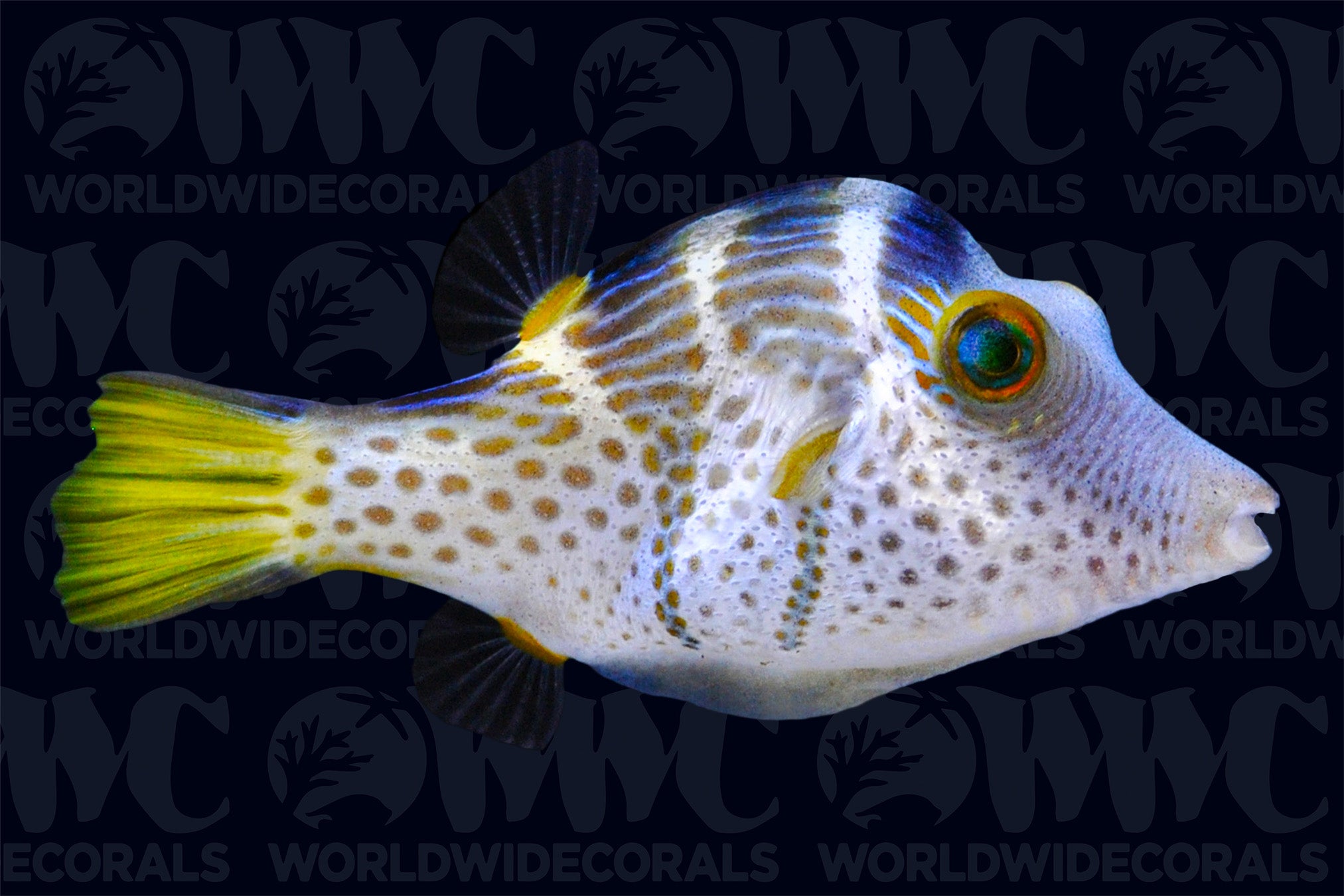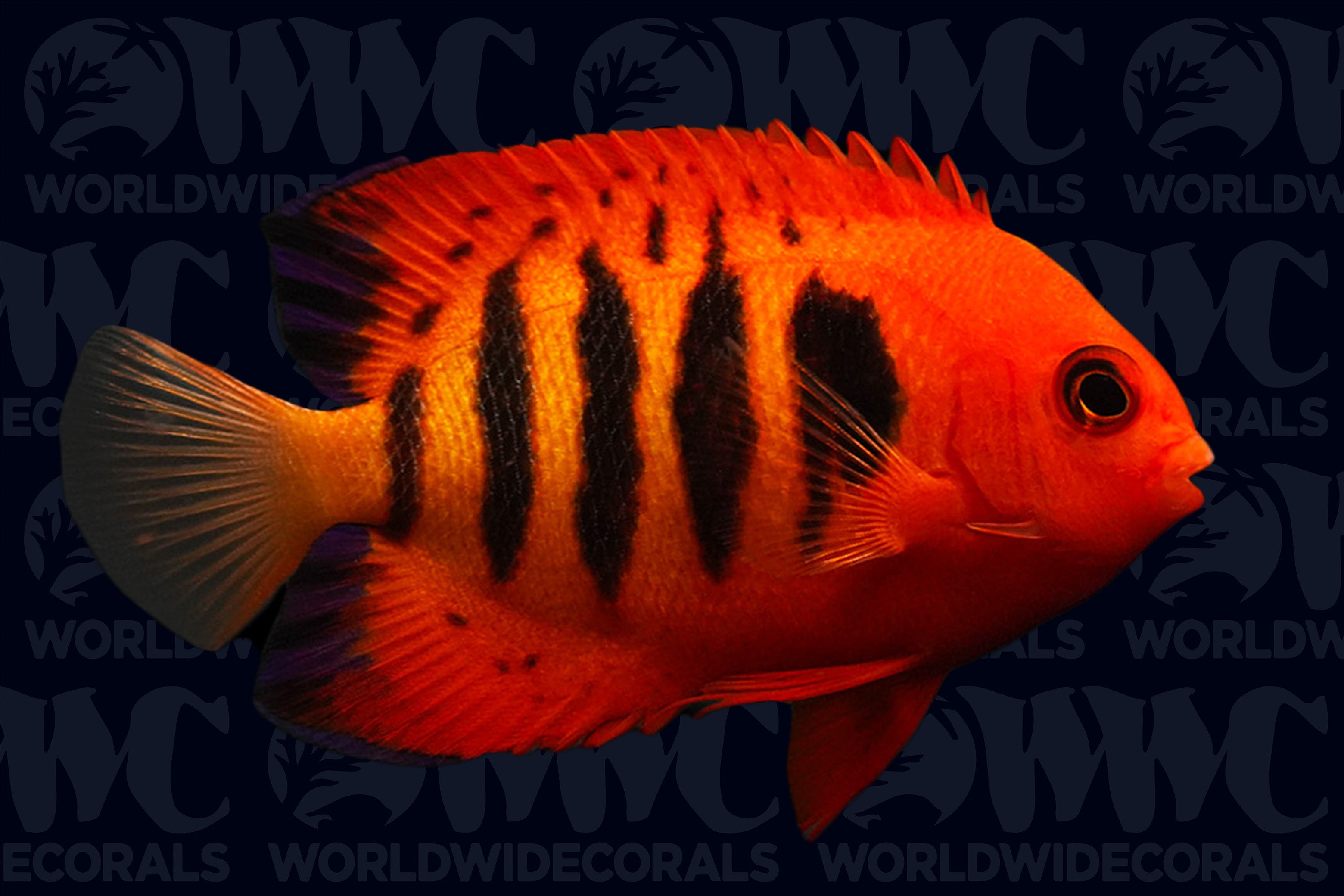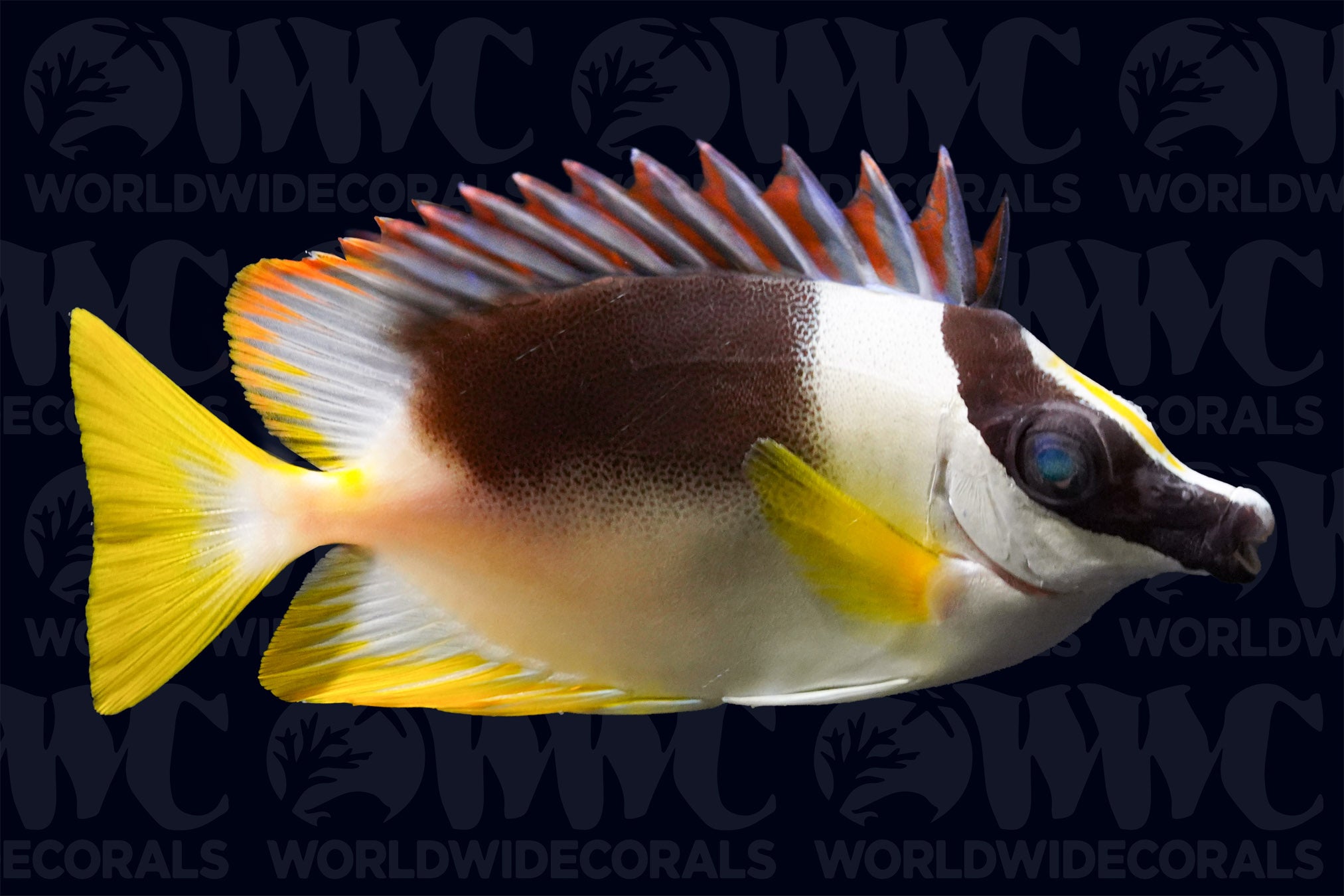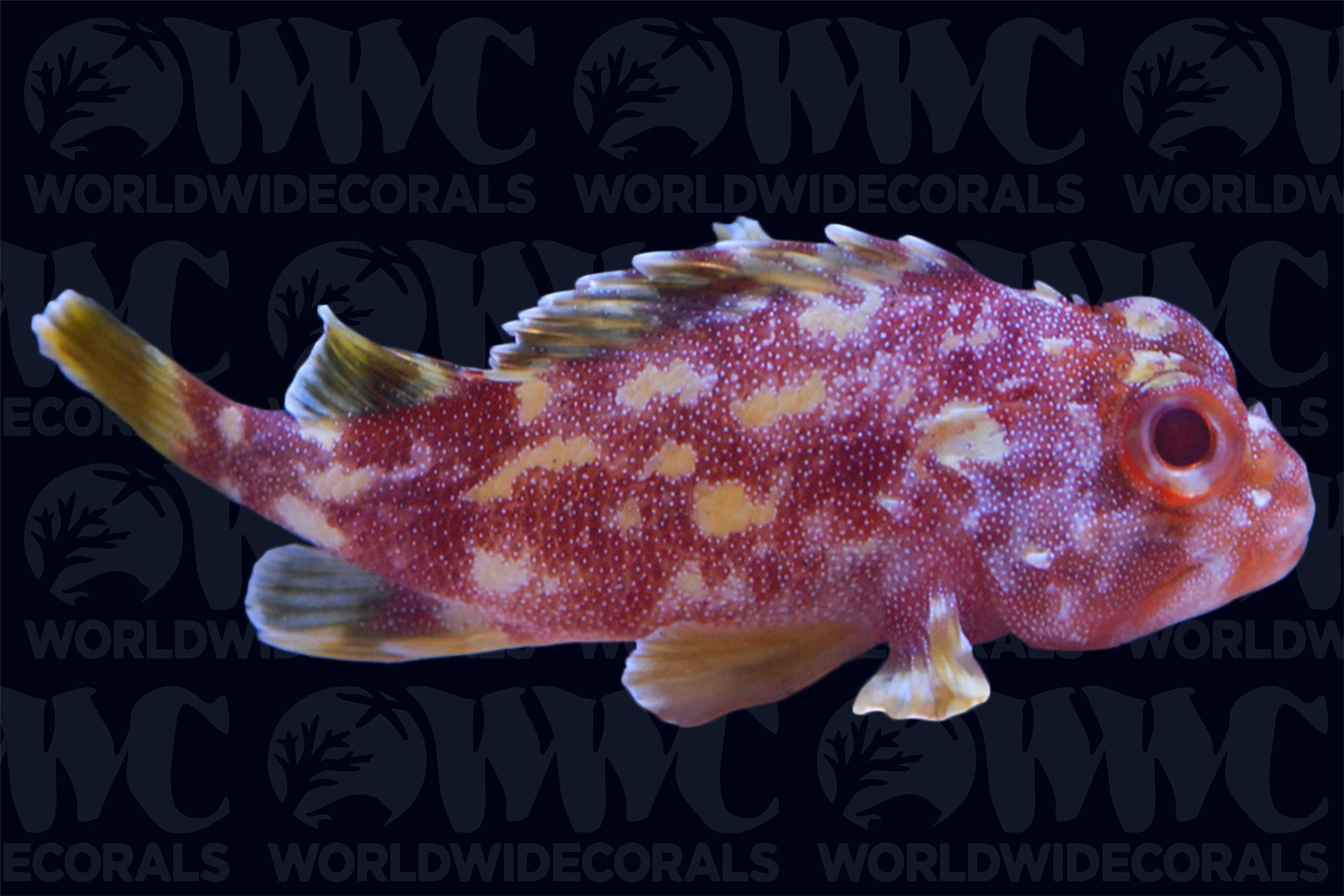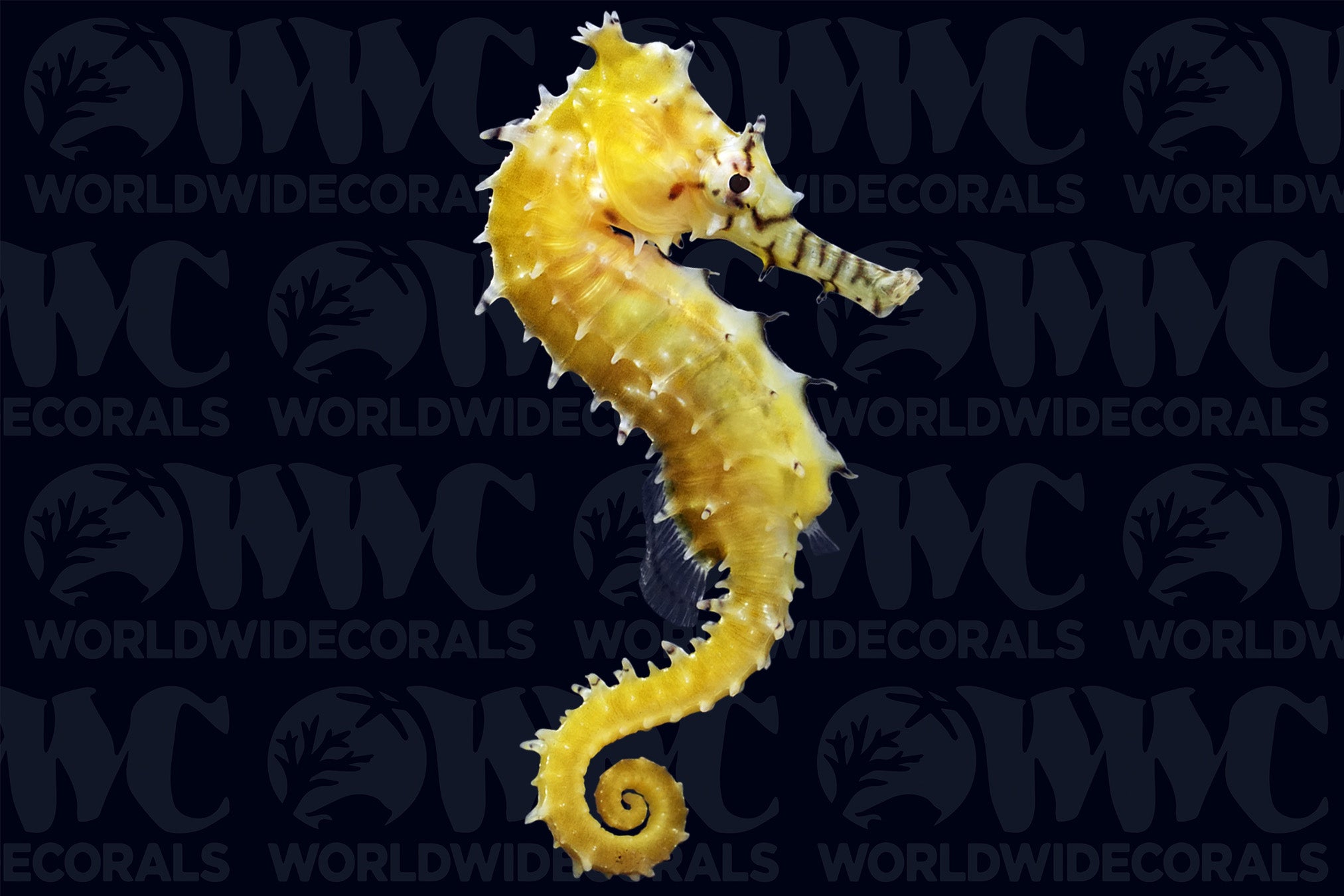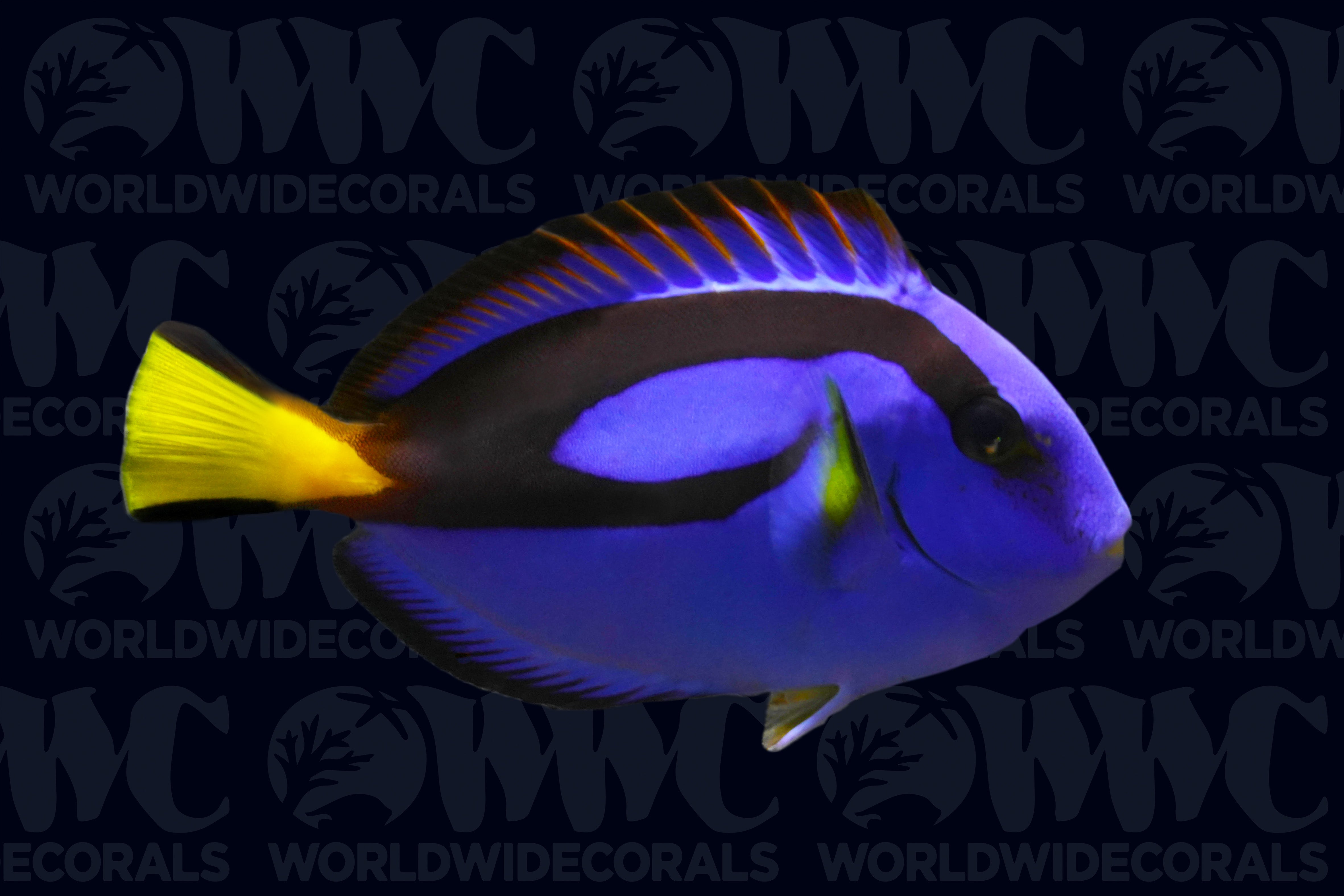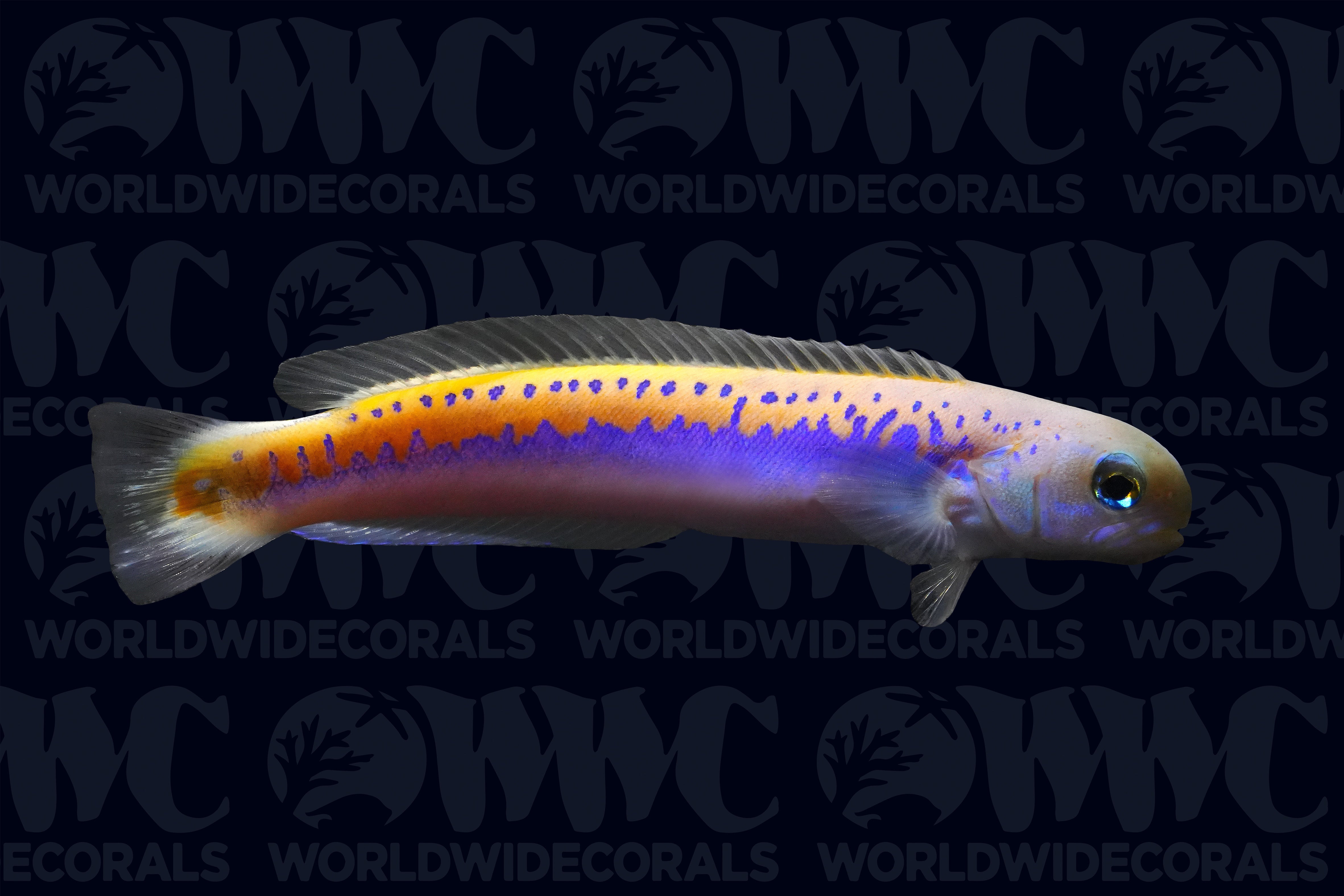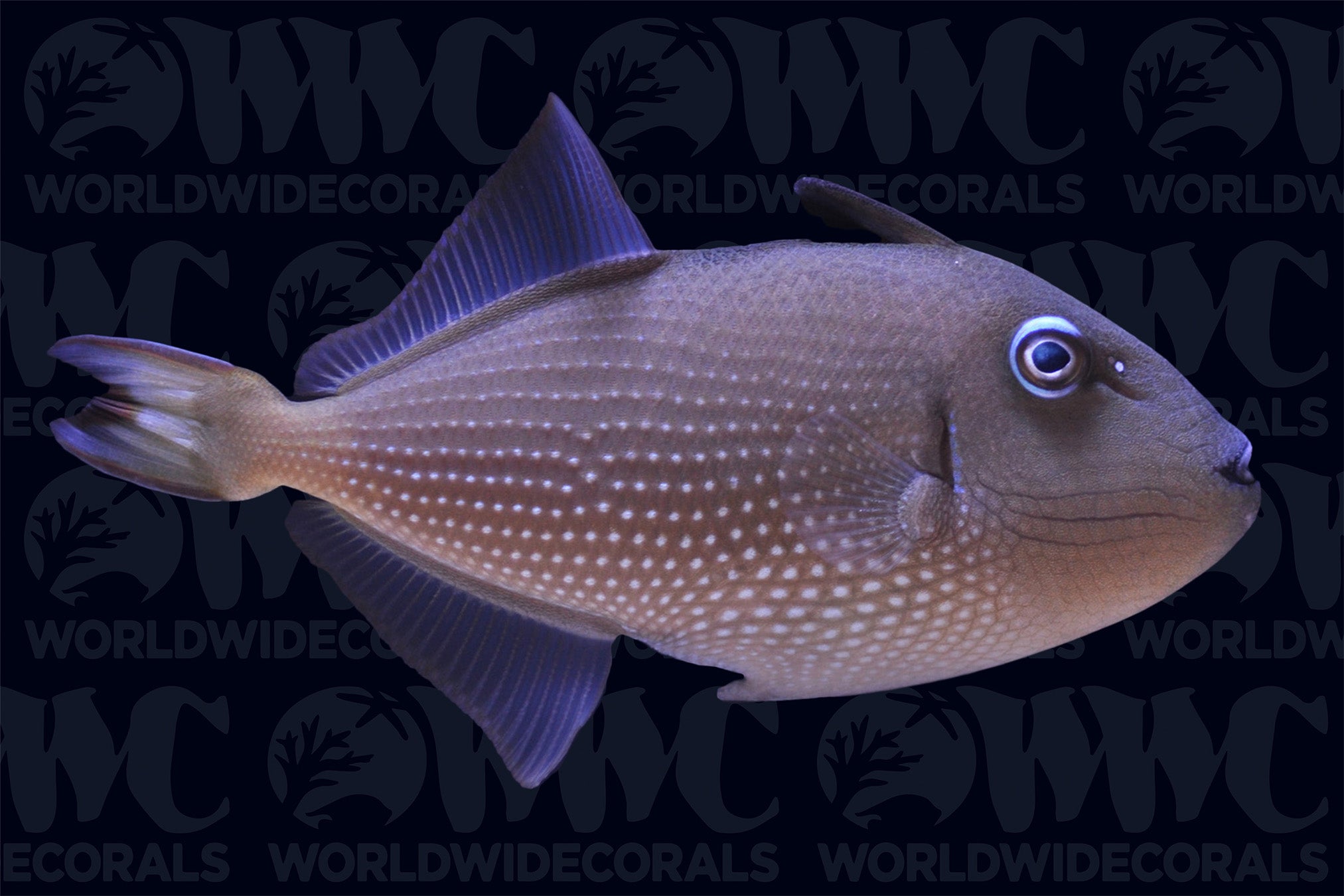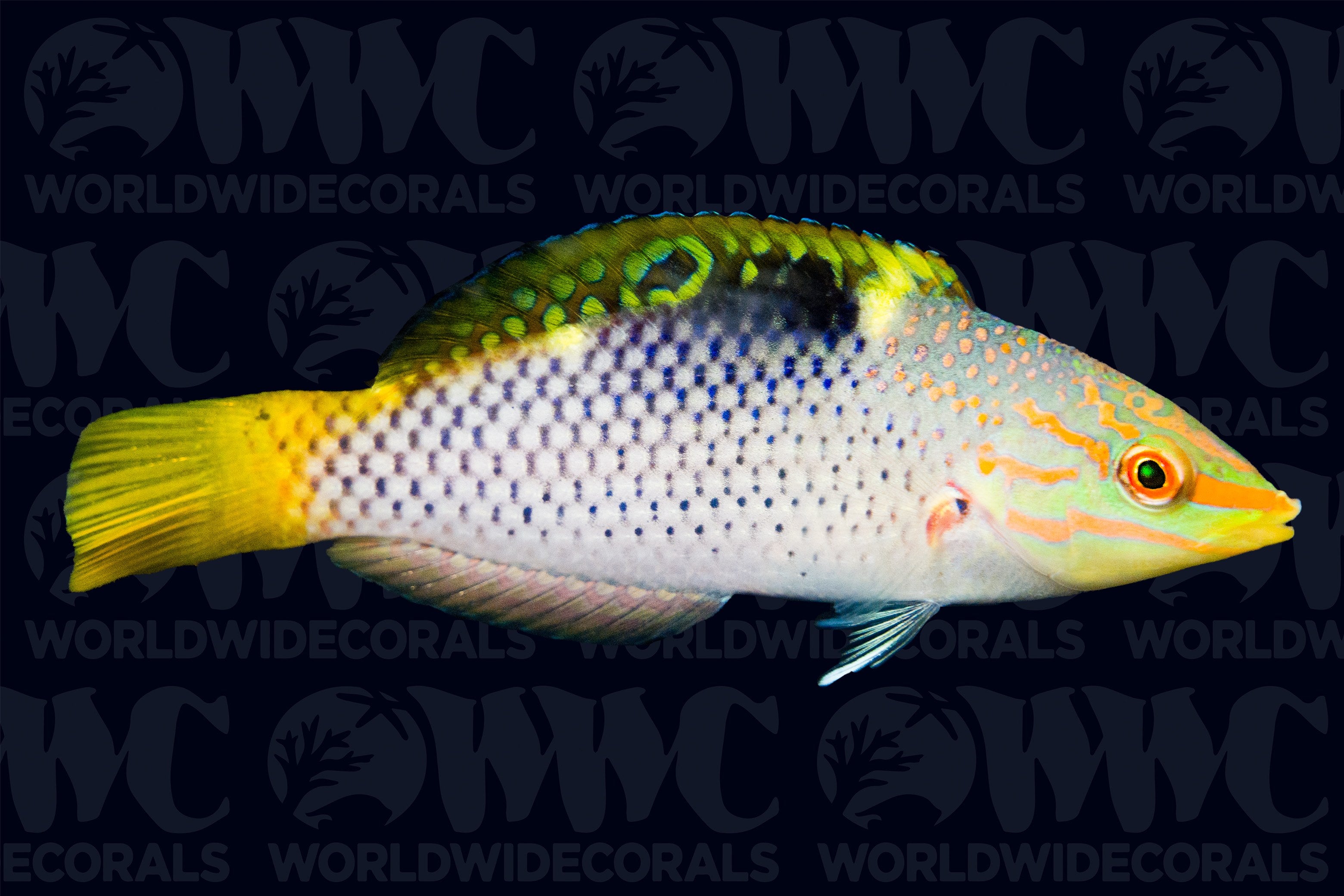Description
Paracentropyge venustus
Venustus Angelfish are known to be a shy and somewhat difficult species to keep in the home aquarium. However, aquaculted fish are easier to care for and will acclimate to your home aquarium easier. They prefer established aquariums with plenty of rock work arranged to create caves and crevices for resting. They are not considered reef-safe and may pick at clam mantles. Care needs to be taken when catching this Angelfish as they have cheek spines and therefore should never be caught with a net as they could become tangled, damaging their gills. Paracentropyge Angelfish are hermaphroditic meaning they may have both sex organs at some point in their lives. They can become slightly territorial towards other fish with the same body shape. Their diet should be varied and include meaty foods such as shrimp, clams, scallops, krill along with prepared Angelfish foods containing sponge. They can reach up to 5" as mature adults. Venustus Angelfish are deep blue or purple with a yellow body and face area. They are most often found in the Western Pacific Ocean, inhabiting steep, rocky reef slopes at depths of up to 130 feet. This species is aquacultured in Indonesia
Venustus Angelfish are known to be a shy and somewhat difficult species to keep in the home aquarium. However, aquaculted fish are easier to care for and will acclimate to your home aquarium easier. They prefer established aquariums with plenty of rock work arranged to create caves and crevices for resting. They are not considered reef-safe and may pick at clam mantles. Care needs to be taken when catching this Angelfish as they have cheek spines and therefore should never be caught with a net as they could become tangled, damaging their gills. Paracentropyge Angelfish are hermaphroditic meaning they may have both sex organs at some point in their lives. They can become slightly territorial towards other fish with the same body shape. Their diet should be varied and include meaty foods such as shrimp, clams, scallops, krill along with prepared Angelfish foods containing sponge. They can reach up to 5" as mature adults. Venustus Angelfish are deep blue or purple with a yellow body and face area. They are most often found in the Western Pacific Ocean, inhabiting steep, rocky reef slopes at depths of up to 130 feet. This species is aquacultured in Indonesia
3 DAY GUARANTEE | Hassle Free | 100% Satisfaction | Online Orders Only


